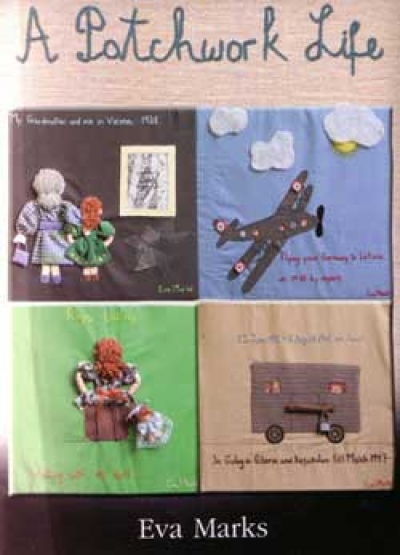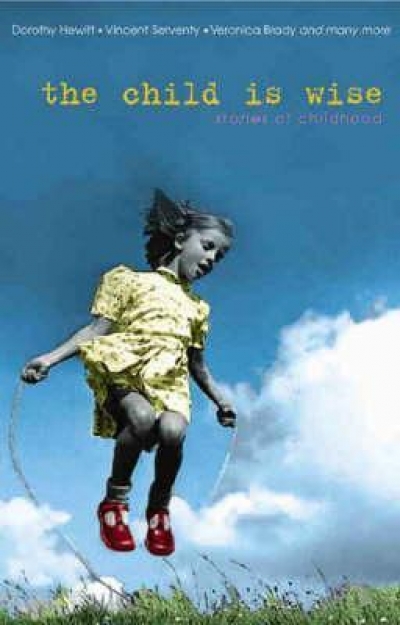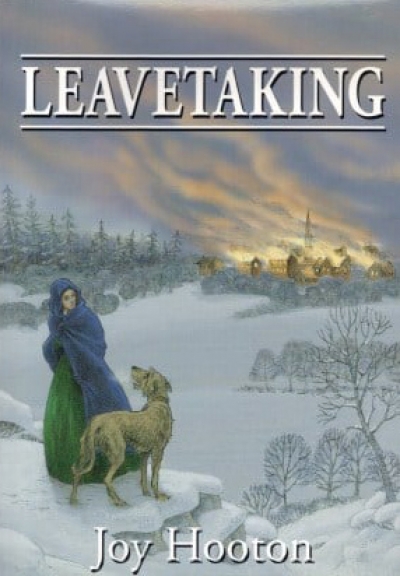Joy Hooton
A Patchwork Life by Eva Marks & Point of Departure by Pamela Hardy
by Joy Hooton •
The Thirteenth Night by Jan McNess & Something More Wonderful by Sonia Orchard
by Joy Hooton •
The Bibliography of Australian Literature A–E edited by John Arnold and John Hay
by Joy Hooton •
Leavetaking by Joy Hooton & Temple of the Grail by Adriana Koulias
by Gillian Dooley •
A Tuesday Thing by Kate Shayler & God's Callgirl by Carla van Raay
by Joy Hooton •










